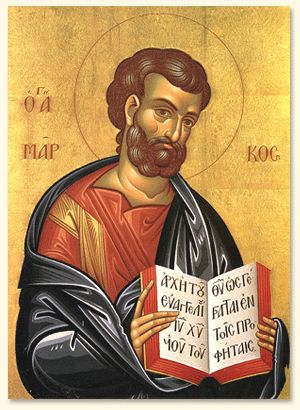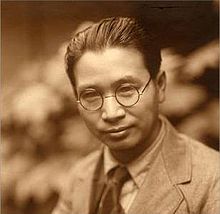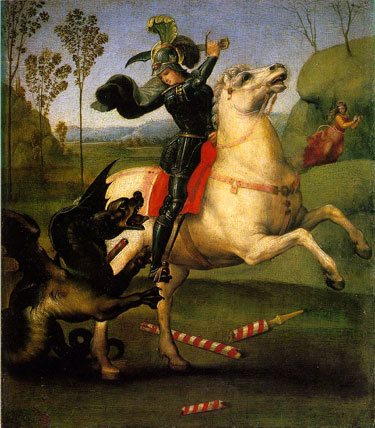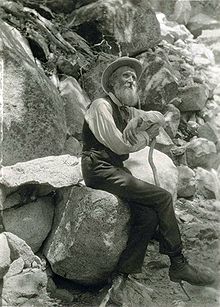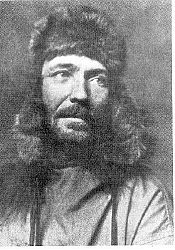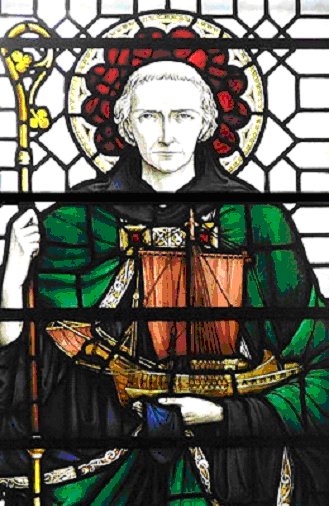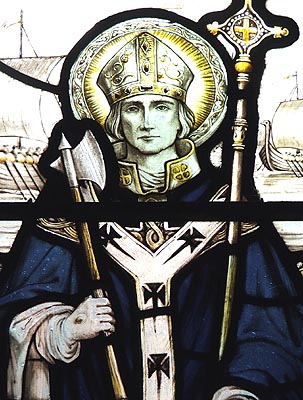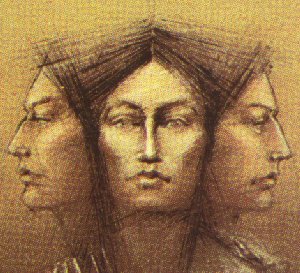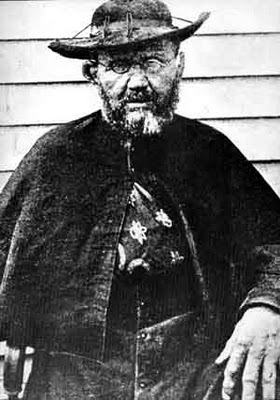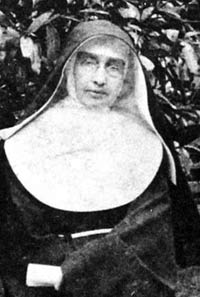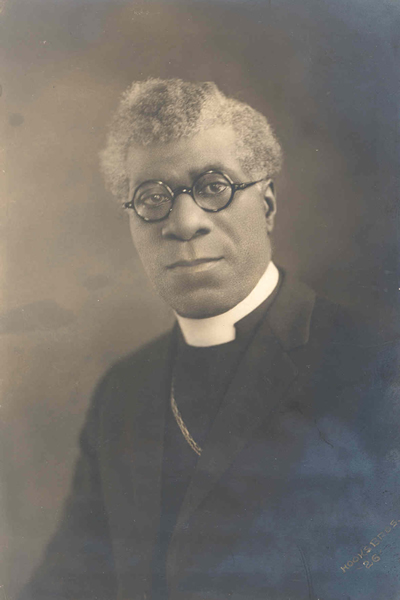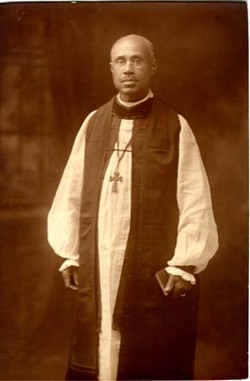Welcome to the Holy Women, Holy Men blog! We invite you to read about this commemoration, use the collect and lessons in prayer, whether individually or in corporate worship, then tell us what you think. For more information about this project, click here.
A disciple of Jesus, named Mark, appears in several places in the New Testament. If all references to Mark can be accepted as referring to the same person, we learn that he was the son of a woman who owned a house in Jerusalem, perhaps the same house in which Jesus ate the Last Supper with his disciples. Mark may have been the young man who fled naked when Jesus was arrested in the Garden of Gethsemane. In his letter to the Colossians, Paul refers to “Mark the cousin of Barnabas,” who was with him in his imprisonment. Mark set out with Paul and Barnabas on their first missionary journey, but he turned back for reasons which failed to satisfy Paul (Acts 15:36–40). When another journey was planned, Paul refused to have Mark with him. Instead, Mark went with Barnabas to Cyprus. The breach between Paul and Mark was later healed, and Mark became one of Paul’s companions in Rome, as well as a close friend of Peter’s.
An early tradition recorded by Papias, Bishop of Hieropolis in Asia Minor at the beginning of the second century, names Mark as the author of the Gospel bearing his name. This tradition, which holds that Mark drew his information from the teaching of Peter, is generally accepted. In his First Letter, Peter refers to “my son Mark,” which shows a close relationship between the two men (1Peter 5:13).
The Church of Alexandria in Egypt claimed Mark as its first bishop and most illustrious martyr, and the great Church of St. Mark in Venice commemorates the disciple who progressed from turning back while on a missionary journey with Paul and Barnabas to proclaiming in his Gospel Jesus of Nazareth as Son of God, and bearing witness to that faith in his later life as friend and companion to the apostles Peter and Paul.
Collects
I Almighty God, who by the hand of Mark the evangelist hast given to thy Church the Gospel of Jesus Christ the Son of God: We thank thee for this witness, and pray that we may be firmly grounded in its truth; through the same Jesus Christ our Lord, who liveth and reigneth with thee and the Holy Spirit, one God, for ever and ever. Amen.
II Almighty God, by the hand of Mark the evangelist you have given to your Church the Gospel of Jesus Christ the Son of God: We thank you for this witness, and pray that we may be firmly grounded in its truth; through Jesus Christ our Lord, who lives and reigns with you and the Holy Spirit, one God, for ever and ever. Amen.
Lessons
Isaiah 52:7-10
Ephesians 4:7-8, 11-16
Mark 1:1-15, or Mark 16:15-20
Psalm 2 or 2:7-10
Preface of All Saints
From Holy, Women, Holy Men: Celebrating the Saints © 2010 by The Church Pension Fund. Used by permission.
* * *
We invite your reflections about this commemoration and its suitability for the official calendar and worship of The Episcopal Church. How did this person’s life witness to the Gospel? How does this person inspire us in Christian life today?
To post a comment, your first and last name and email address are required. Your name will be published; your email address will not. The first time you post, a moderator will need to approve your submission; after that, your comments will appear instantly.
